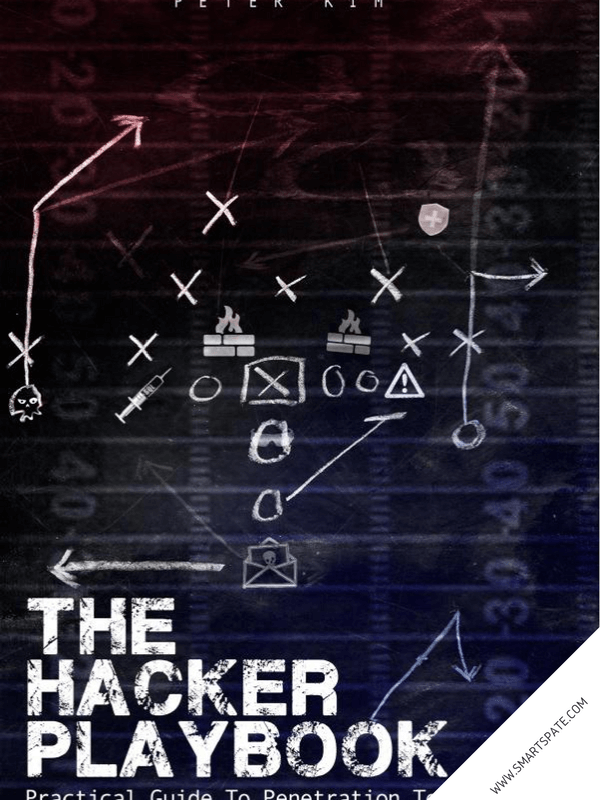Top Five Books On Practical Information Security
In the twenty-first century, the problem of information security is standing still. With the improvement of existing technologies of storage, transmission, and processing of information, as well as with the emergence of new ones, there are more and more potential vulnerabilities.
We are often asked which books are worth reading to those who take the first steps in the field of information security? This collection contains current books on information security, which will keep you up to date with the latest trends in this area.
Hacking: Art of Exploitation
IS researcher and security specialist Jon Erickson wrote a book in which instead of simply studying vulnerabilities and exploits, deeper approaches to finding errors made by software developers are considered.
Hacking the Xbox: An Introduction to Reverse Engineering
American engineer Andrew Huang (Andrew Huang) in 2003, published a guide to repair and modify the Xbox. But this is not a simple instruction, but a book that describes approaches and practical examples of reverse engineering.
The Web Application Hacker’s Handbook: Finding and Exploiting Security Flaws
The book by researchers Dafydd Stuttard and Marcus Pinto discuss in detail the basics of the operation of web applications and web servers, the exploitation of logical vulnerabilities, SQL injections and other practical examples of attacks on web applications. The Guide deservedly earned the glory of the Pentester’s desk book.
Practical Reverse Engineering
The book describes approaches to reverse engineering of x86, x64 and ARM platforms, rootkits and Windows drivers, and protection techniques for virtual machines.
The Hacker Playbook: Practical Guide To Penetration Testing
The book details the complexity and typical tasks that security experts face during penetration testing. IB-expert Peter Kim (Peter Kim) considers practical network attacks, bypassing antiviruses and attacking various security measures.










